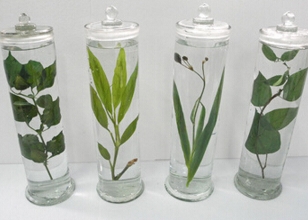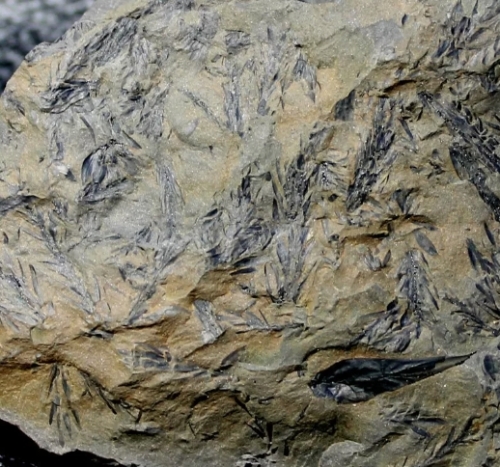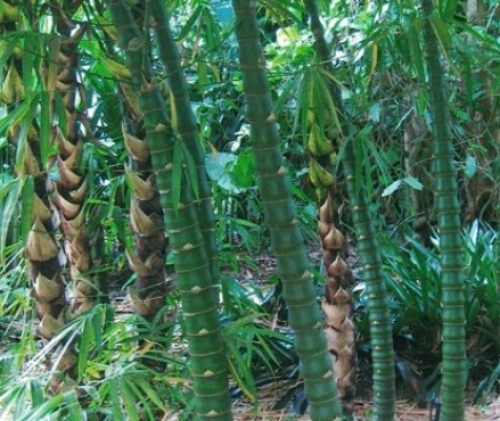Botanical specimen is the art and science of collecting, drying and preserving plants. It is not only an important tool for biological research, but also a precious record of nature. By making plant specimens, we can deeply understand the morphological characteristics, living habits and ecological environment of plants.
The process of preparing plant specimens usually involves collecting, pressing, drying and labeling. Healthy and well-growing plants should be selected during collection, and the location, time and growing environment of the plants should be recorded for subsequent research and identification. After pressing and drying, the color and shape of the plant can be better maintained, and finally it is pasted on a special specimen paper with appropriate labels to form a complete specimen.
Plant specimens not only play an important role in scientific research, such as taxonomic studies and ecological investigations, but are also widely used in botany teaching by educational institutions to help students intuitively understand plant diversity and ecological relationships. In addition, plant specimens are often treasured by lovers and collectors, recording the beauty of nature and conveying the relationship between man and nature. Through plant specimens, we can glimpse the miniature world of natural creatures and feel the diversity and wonder of life.














